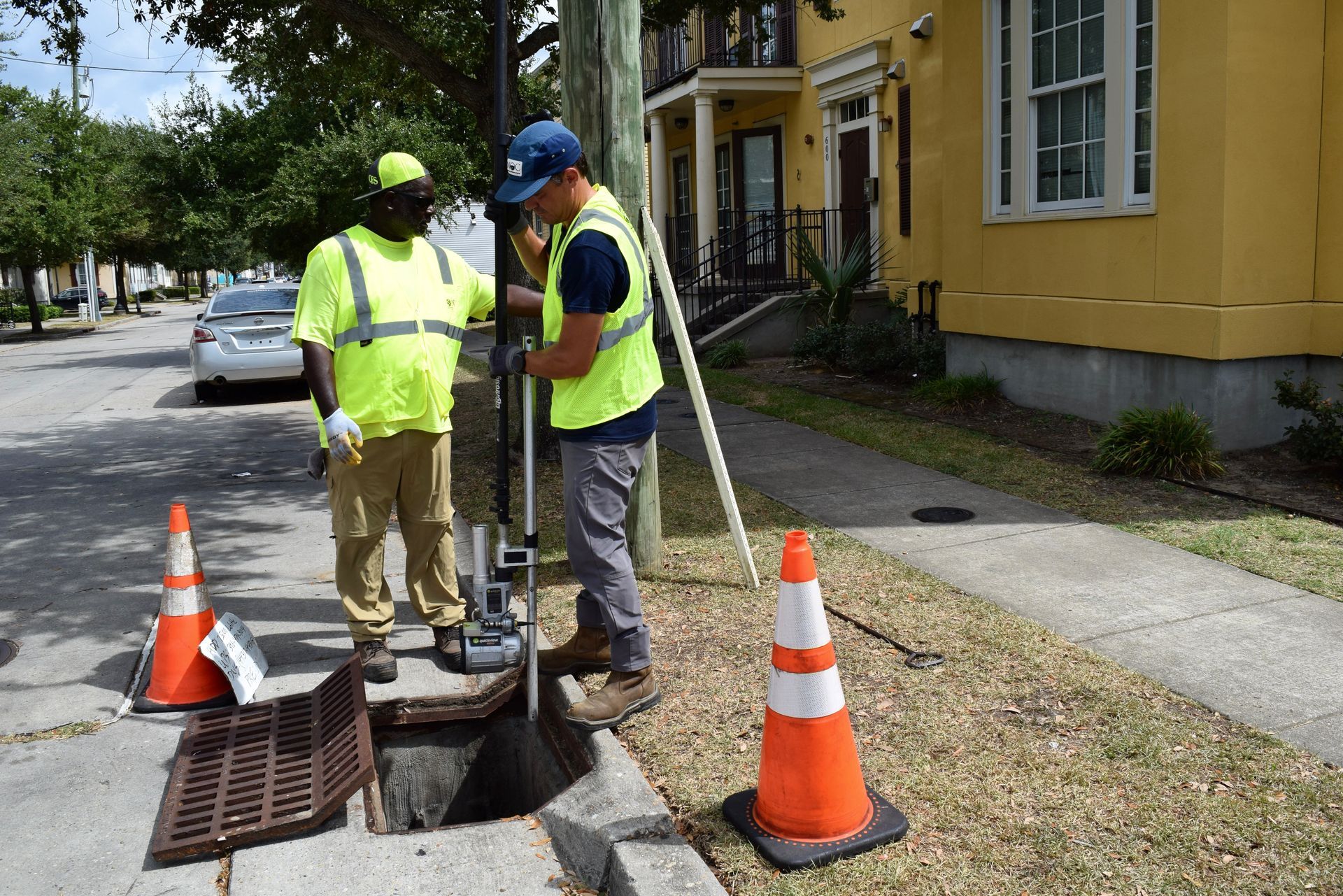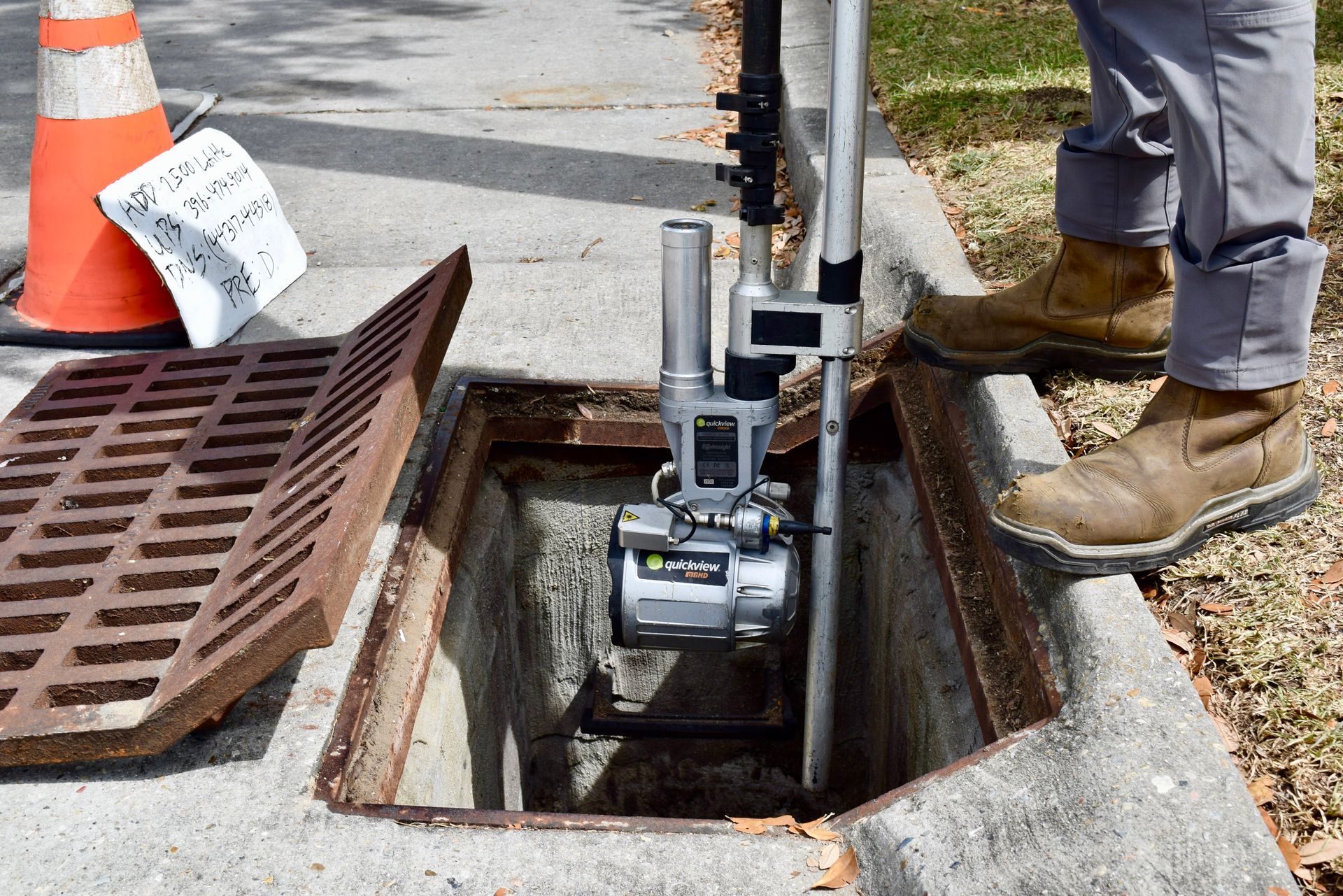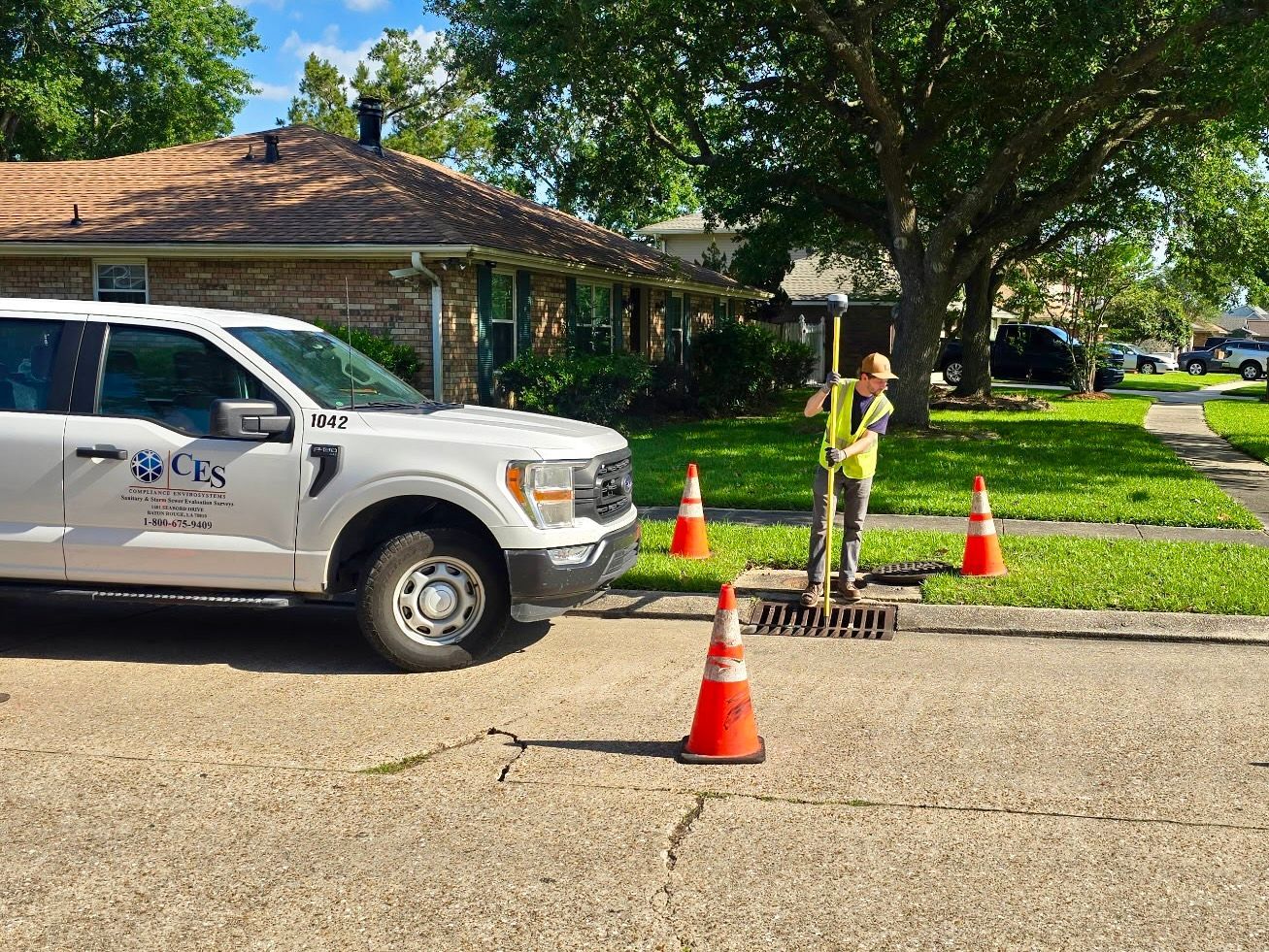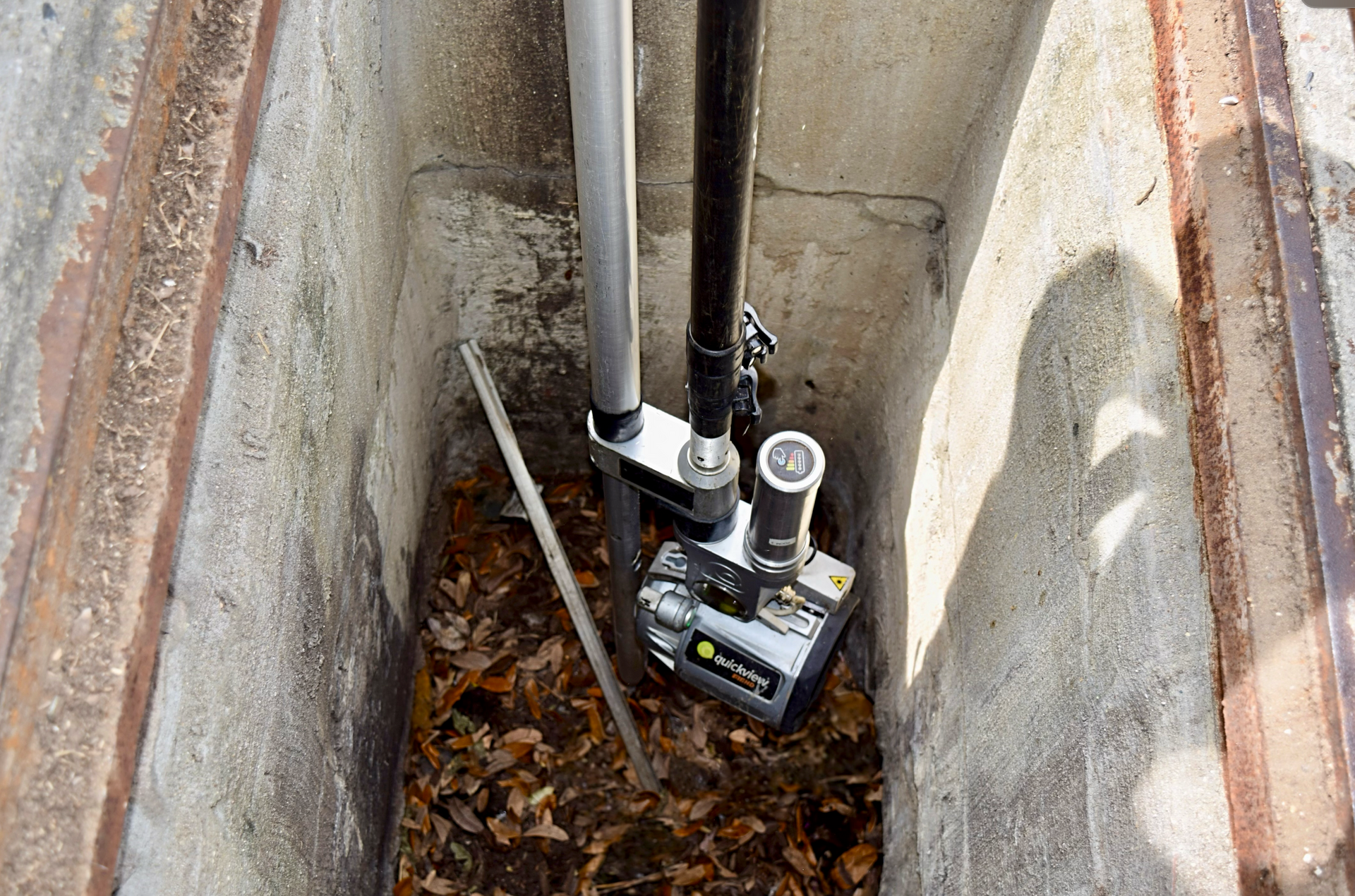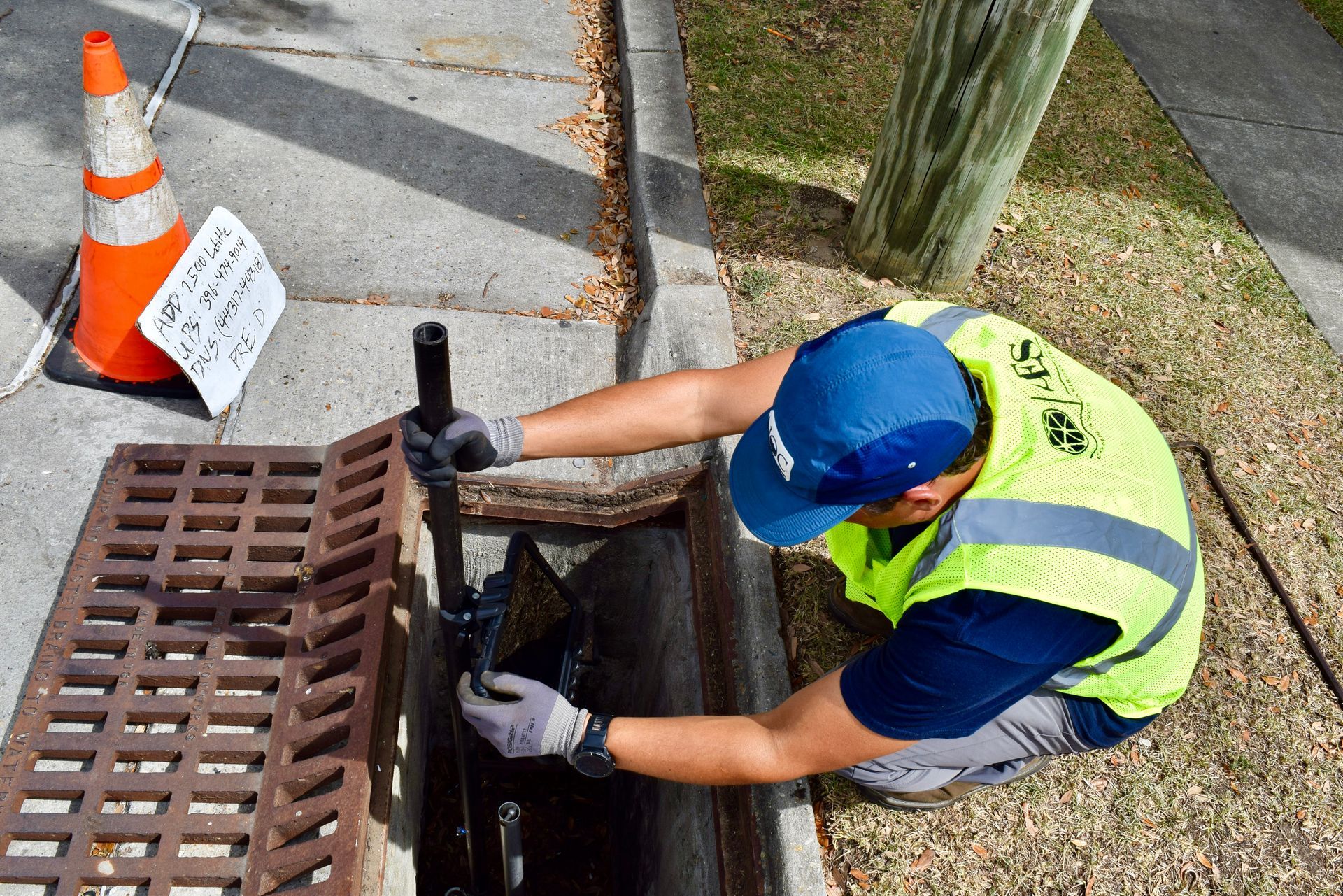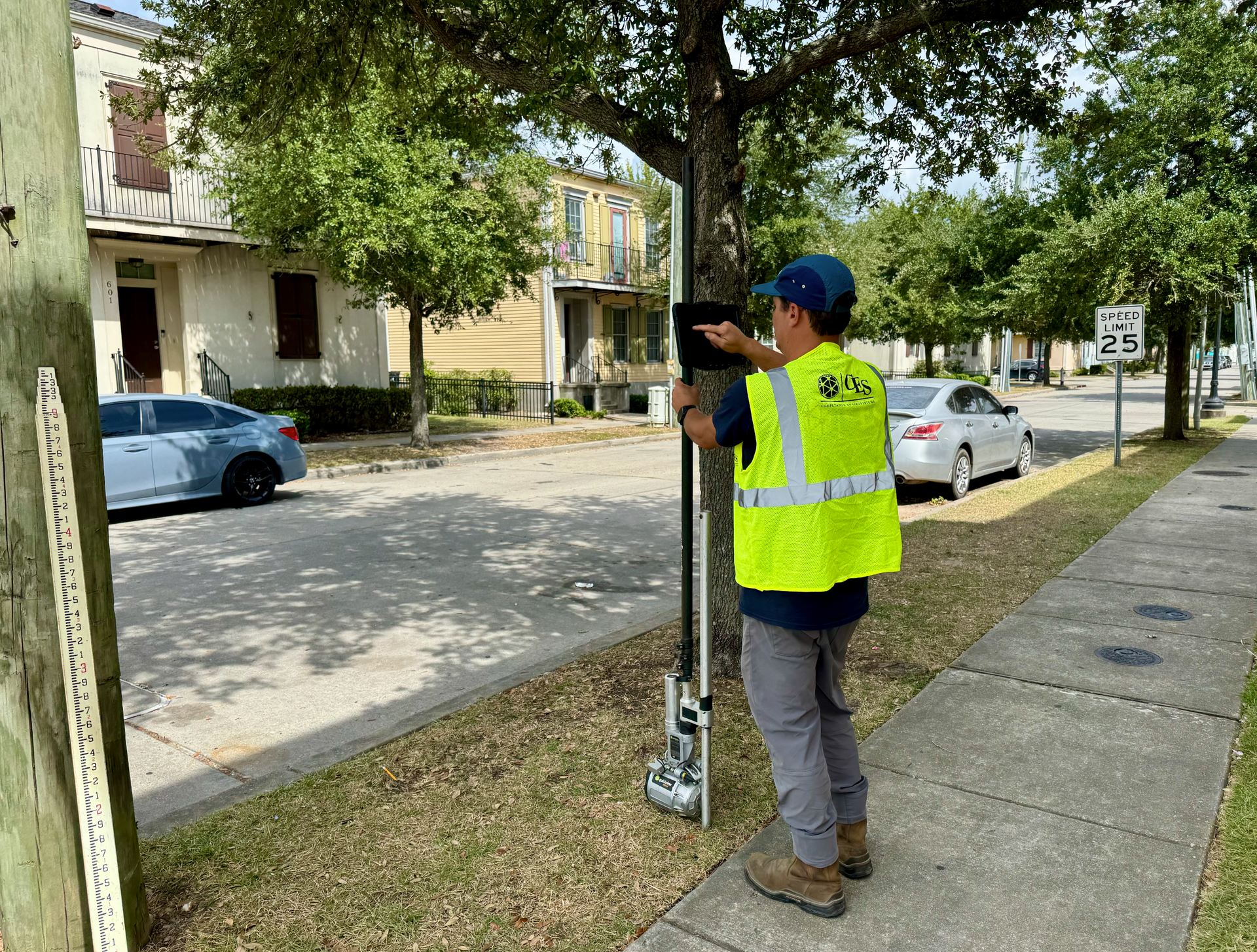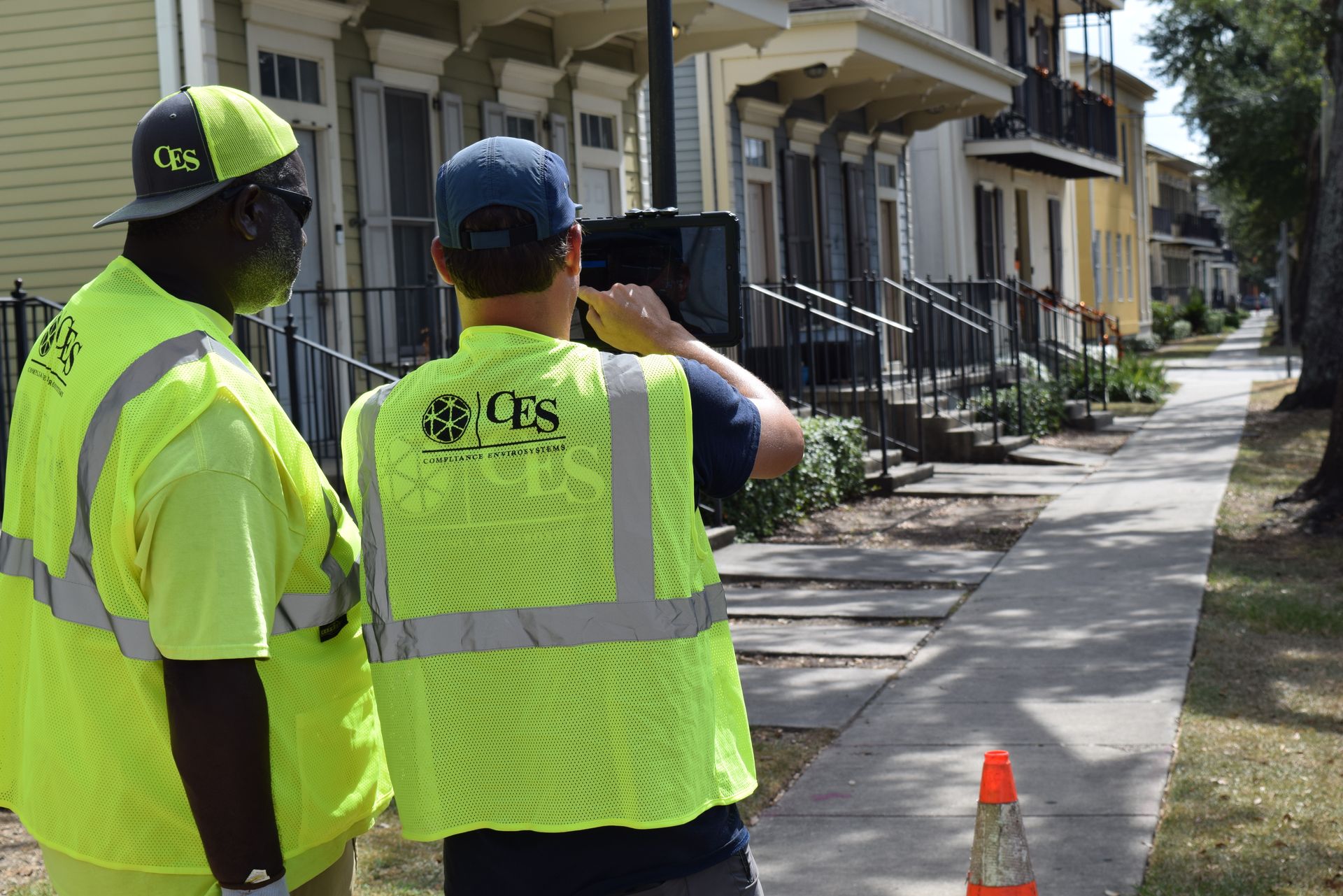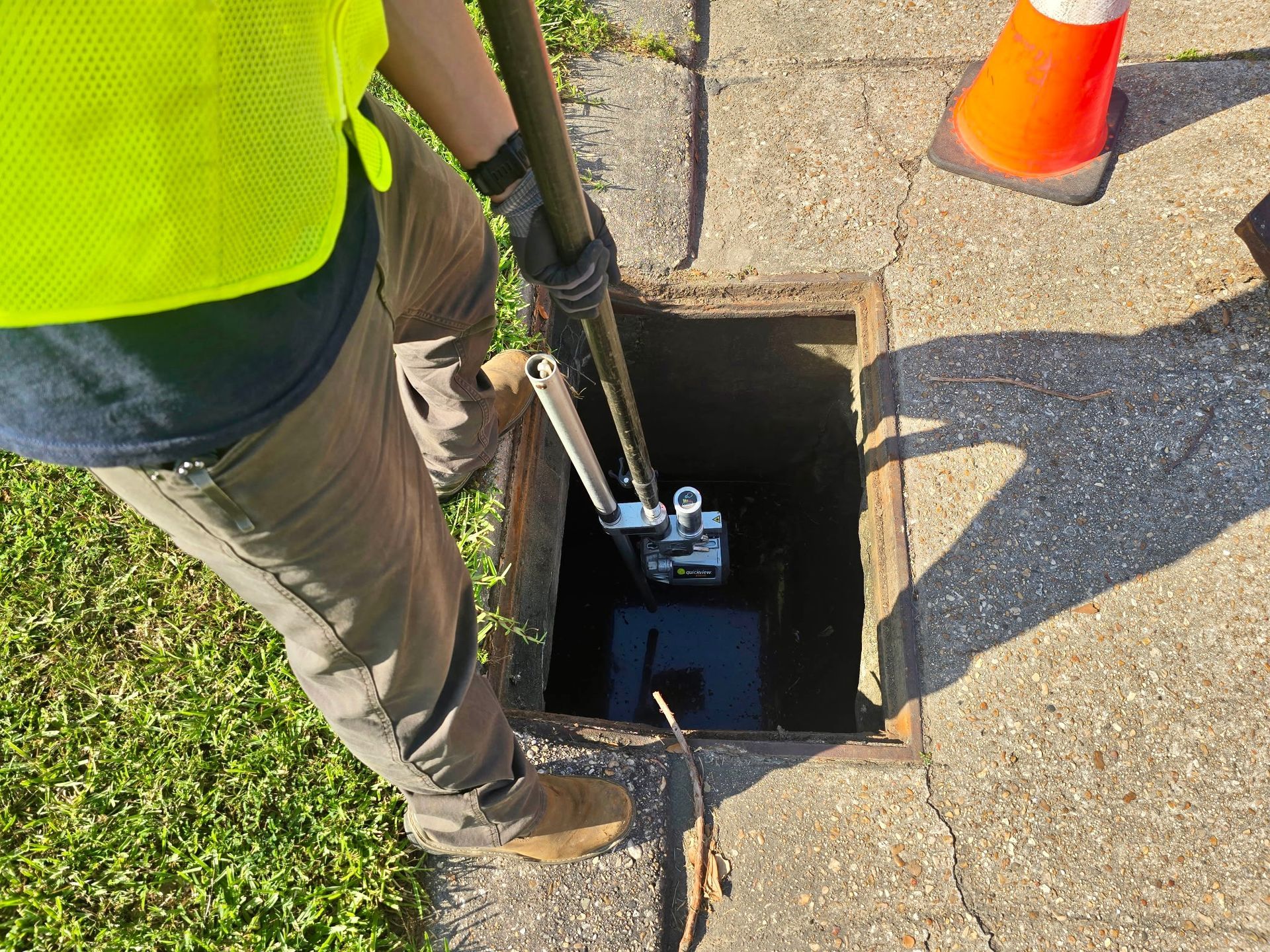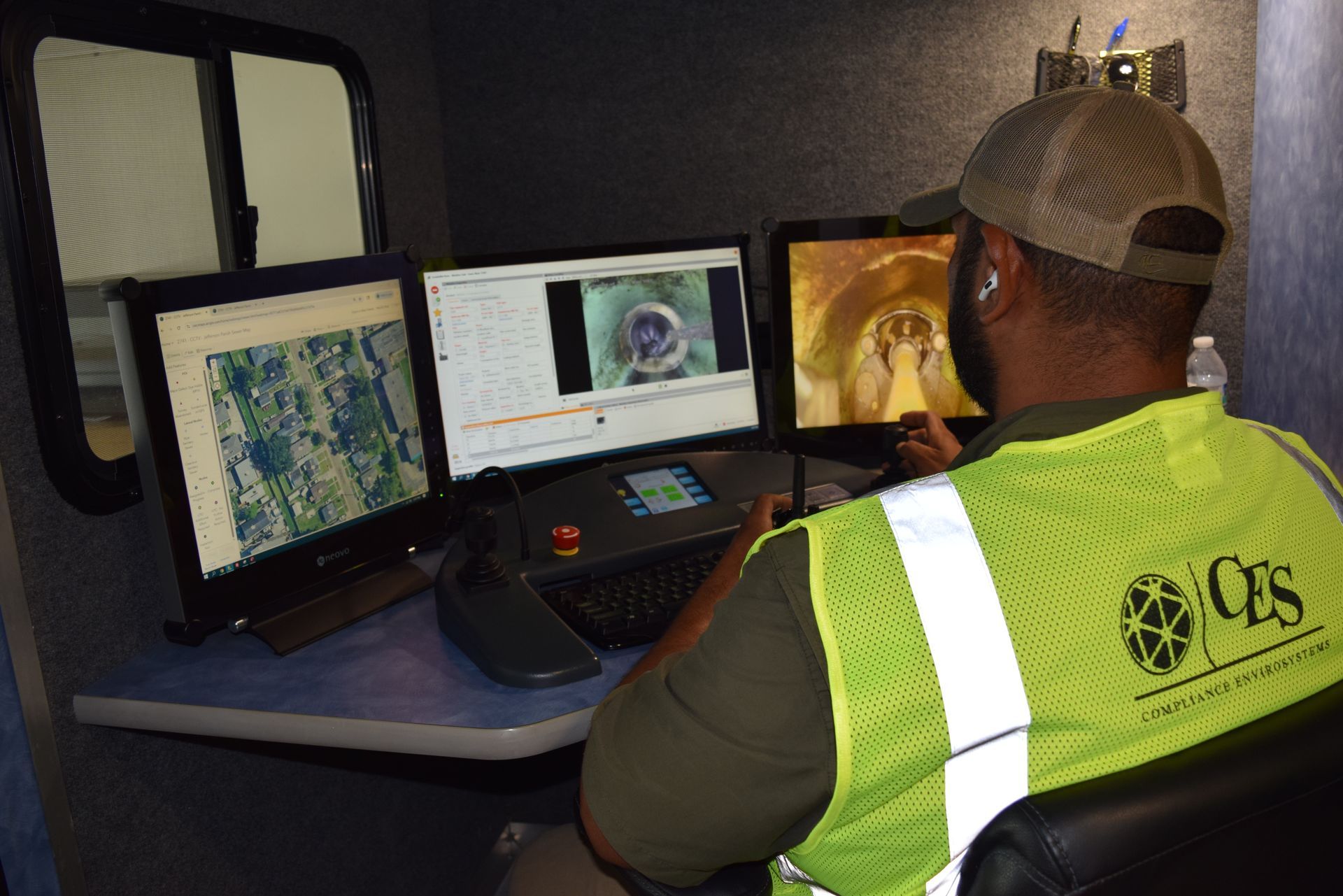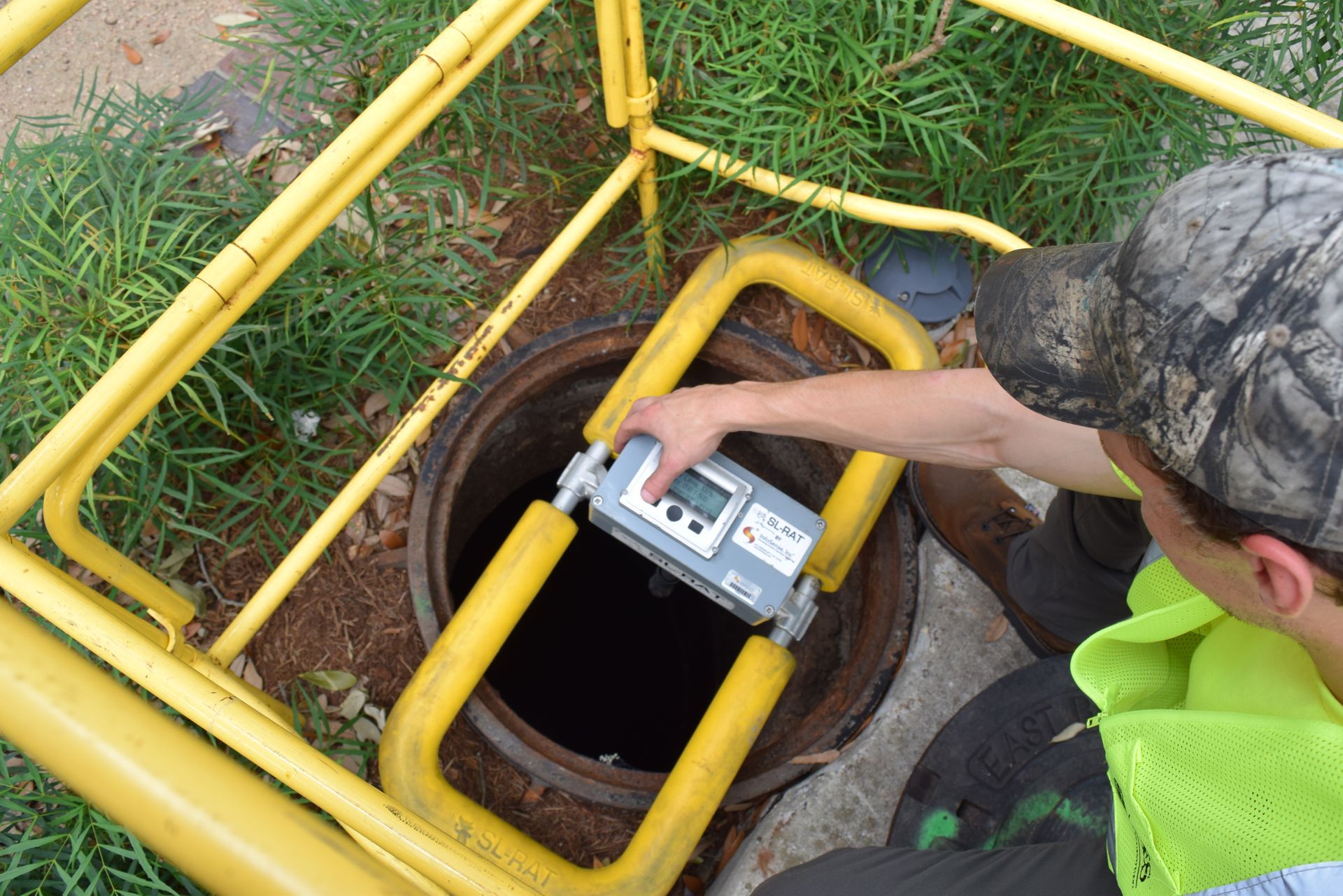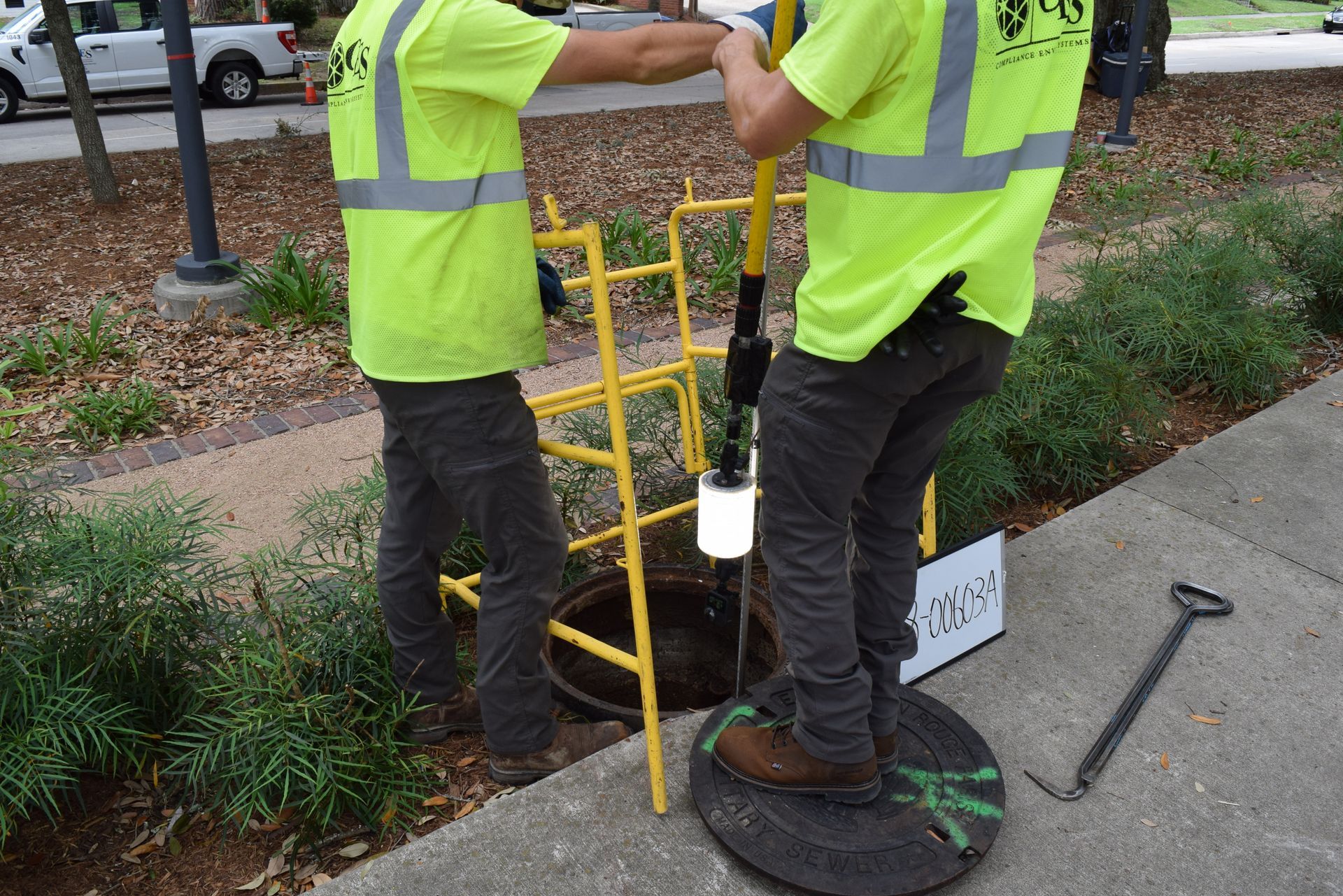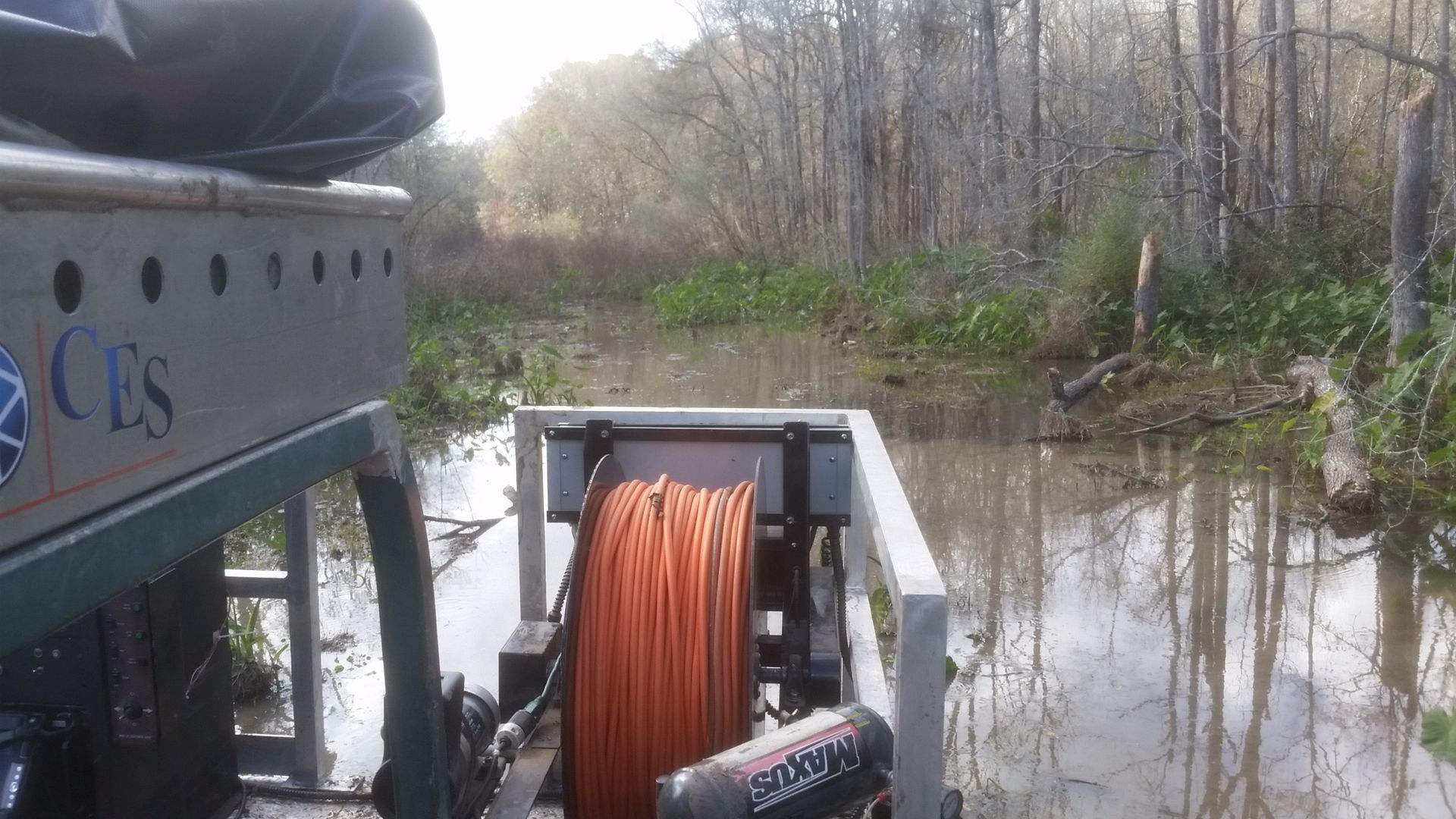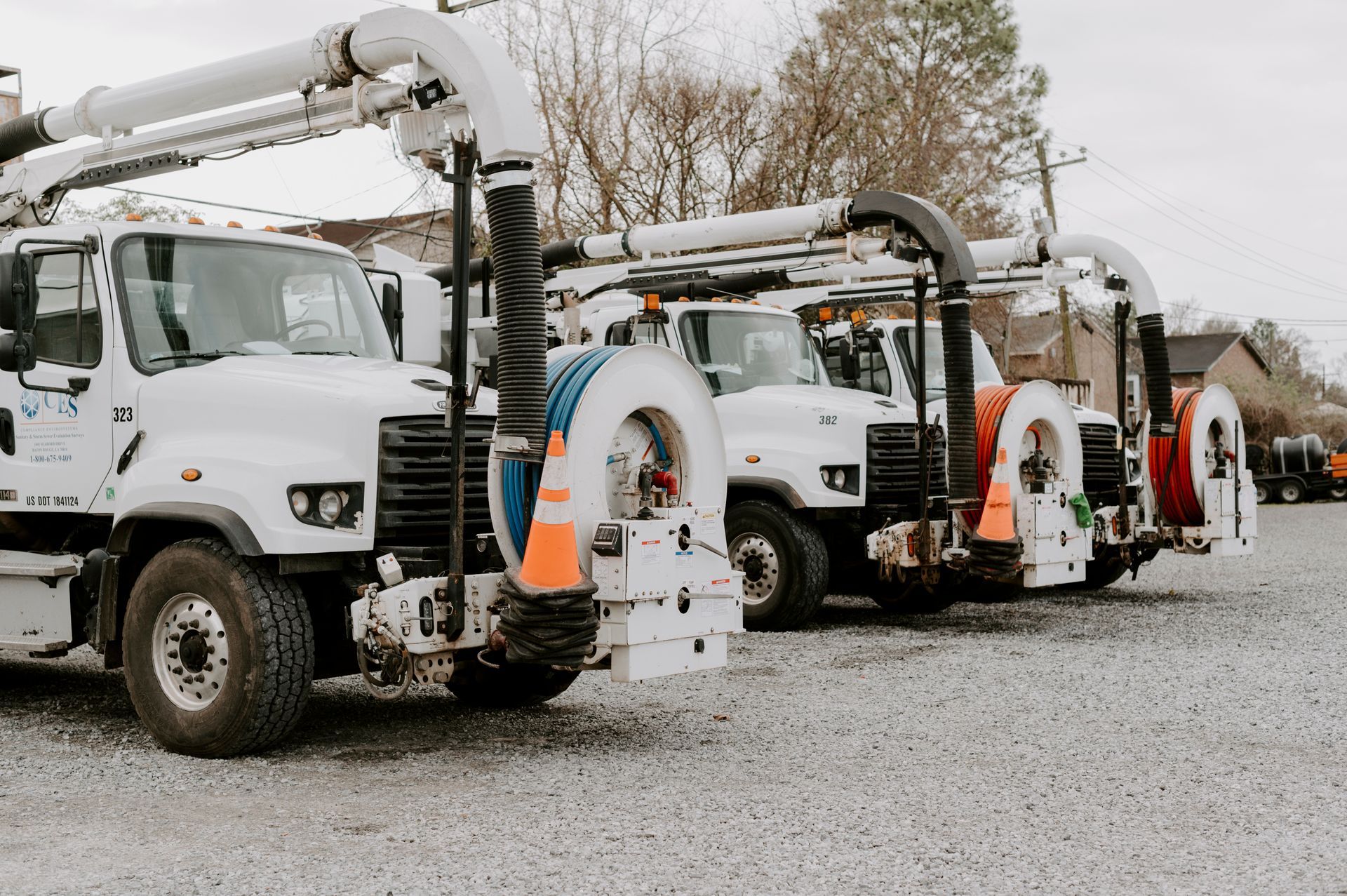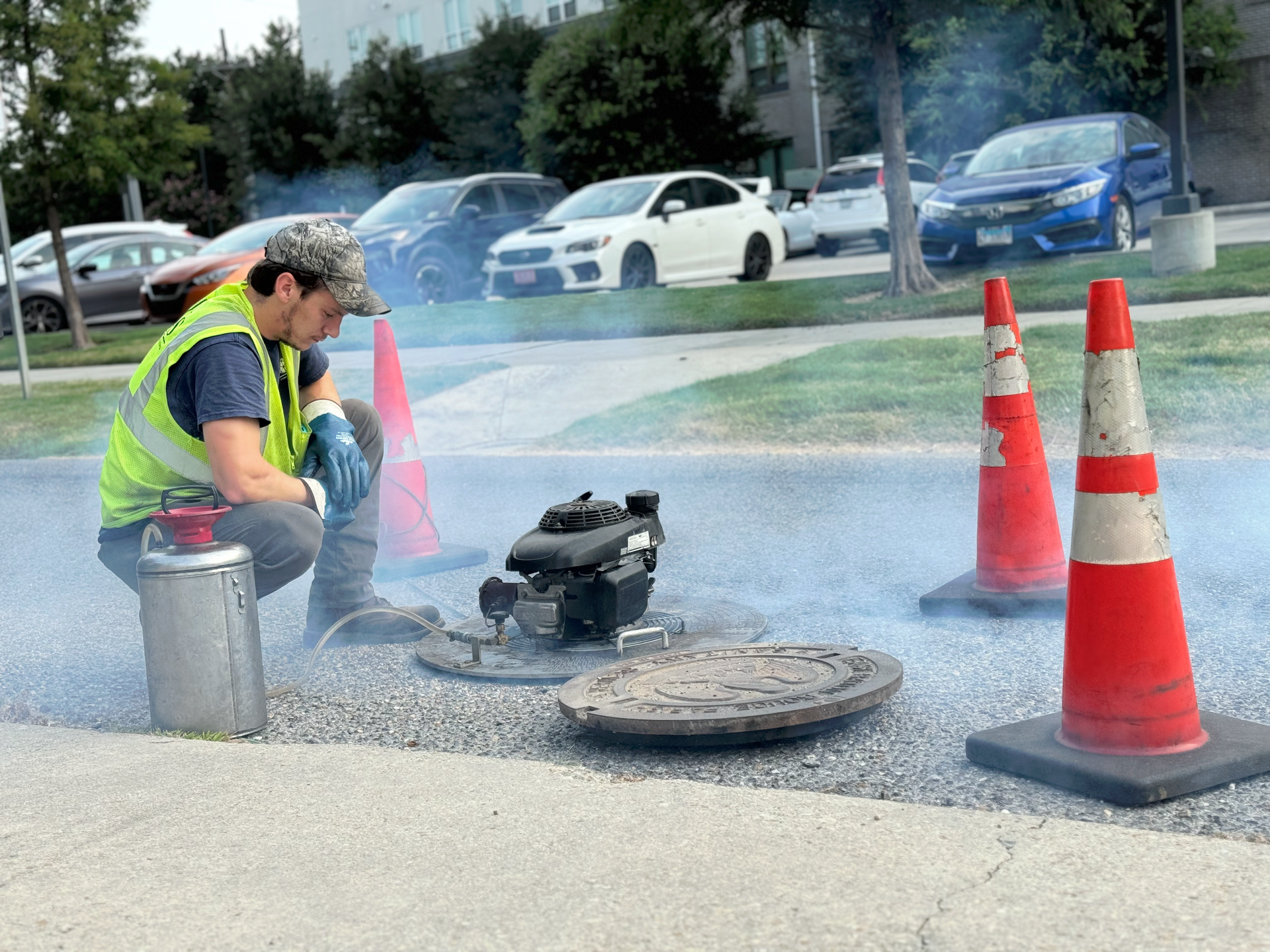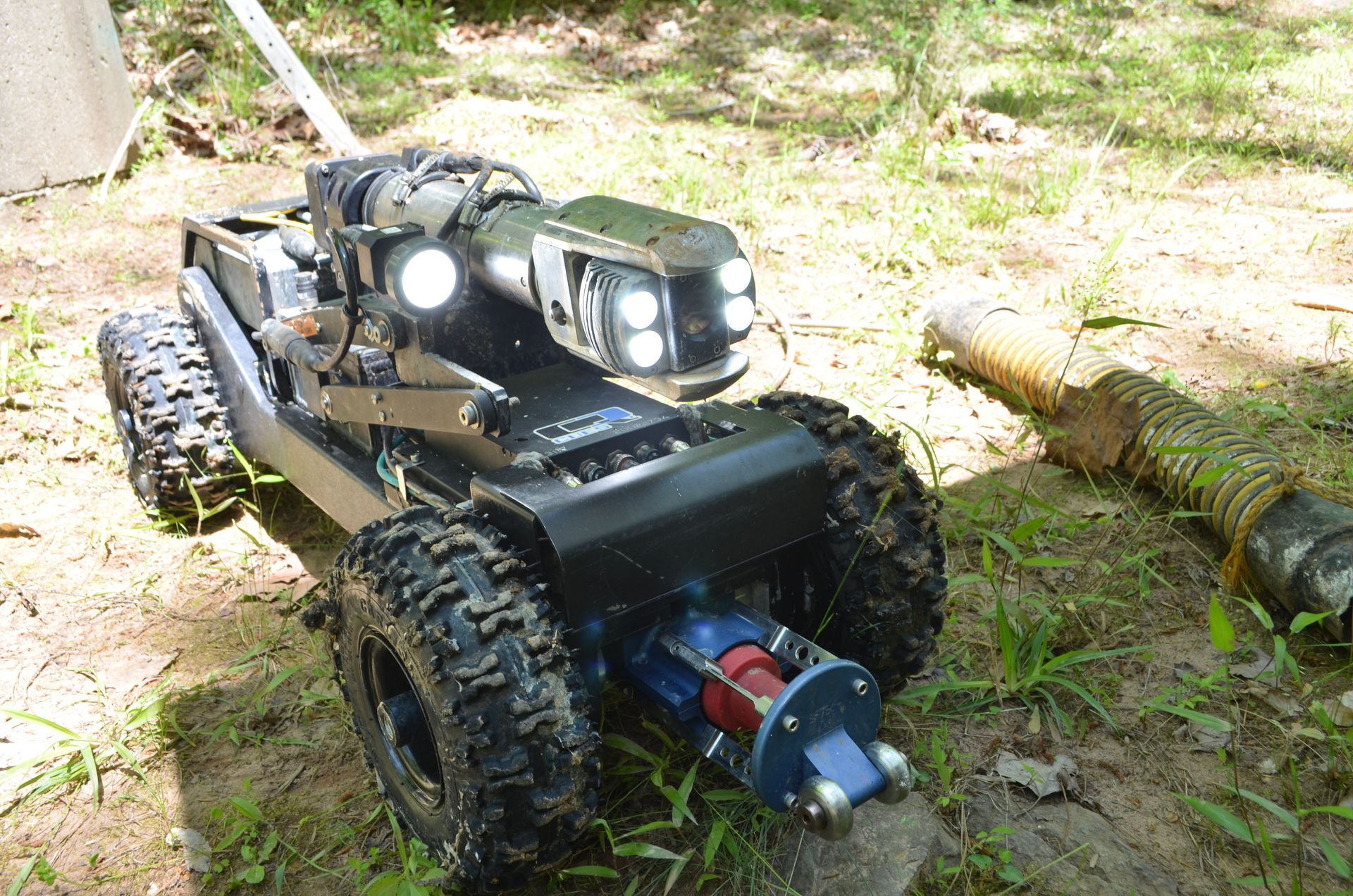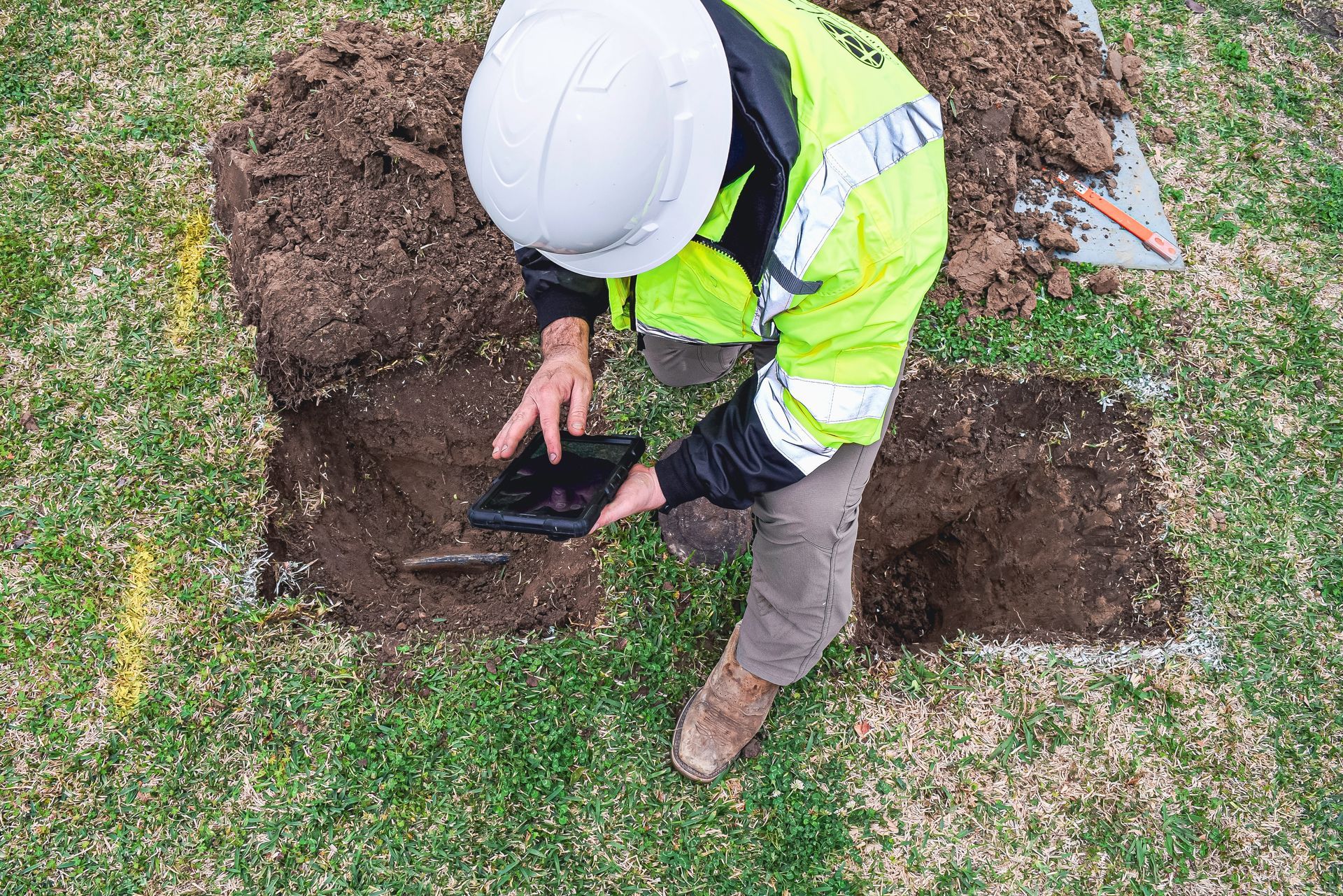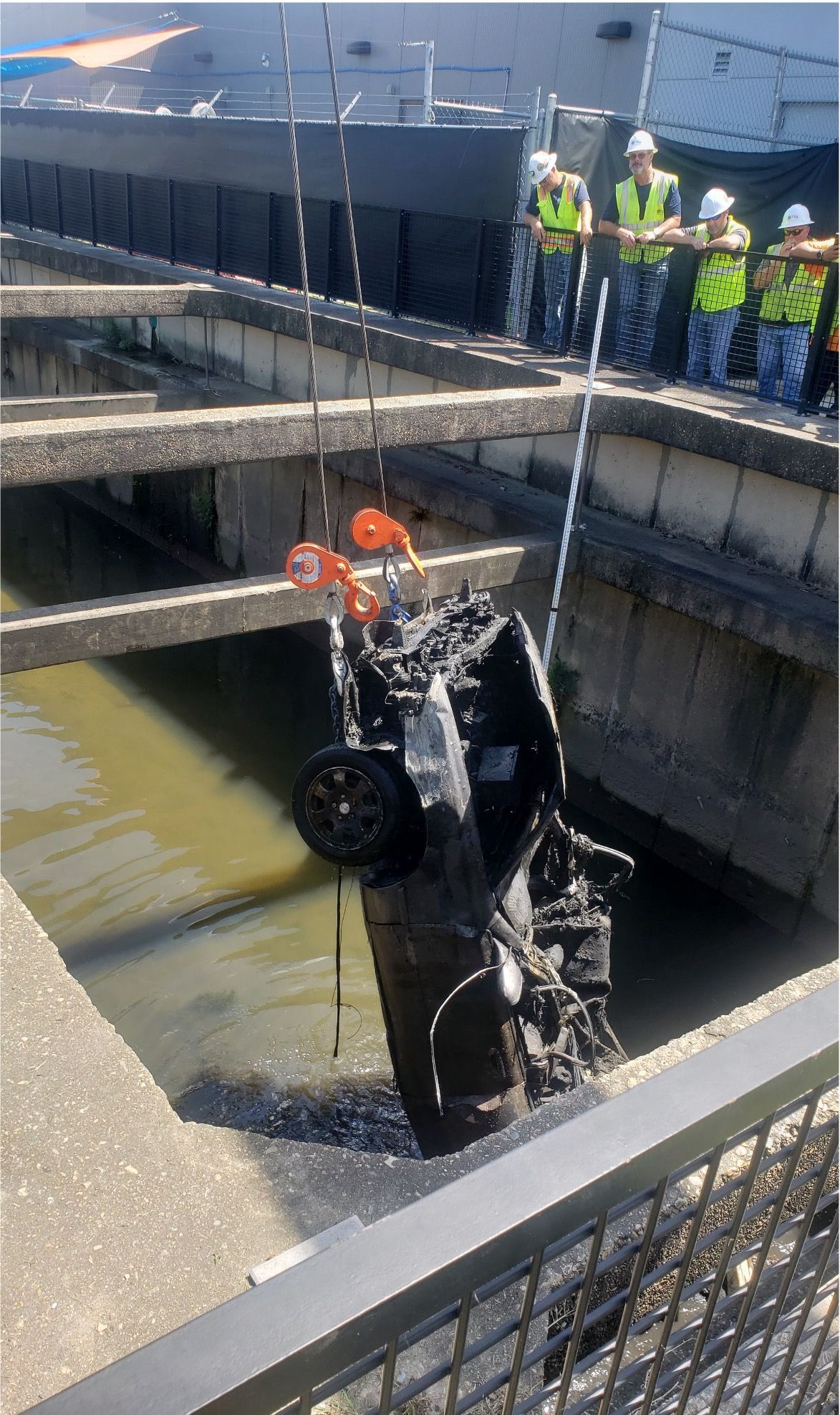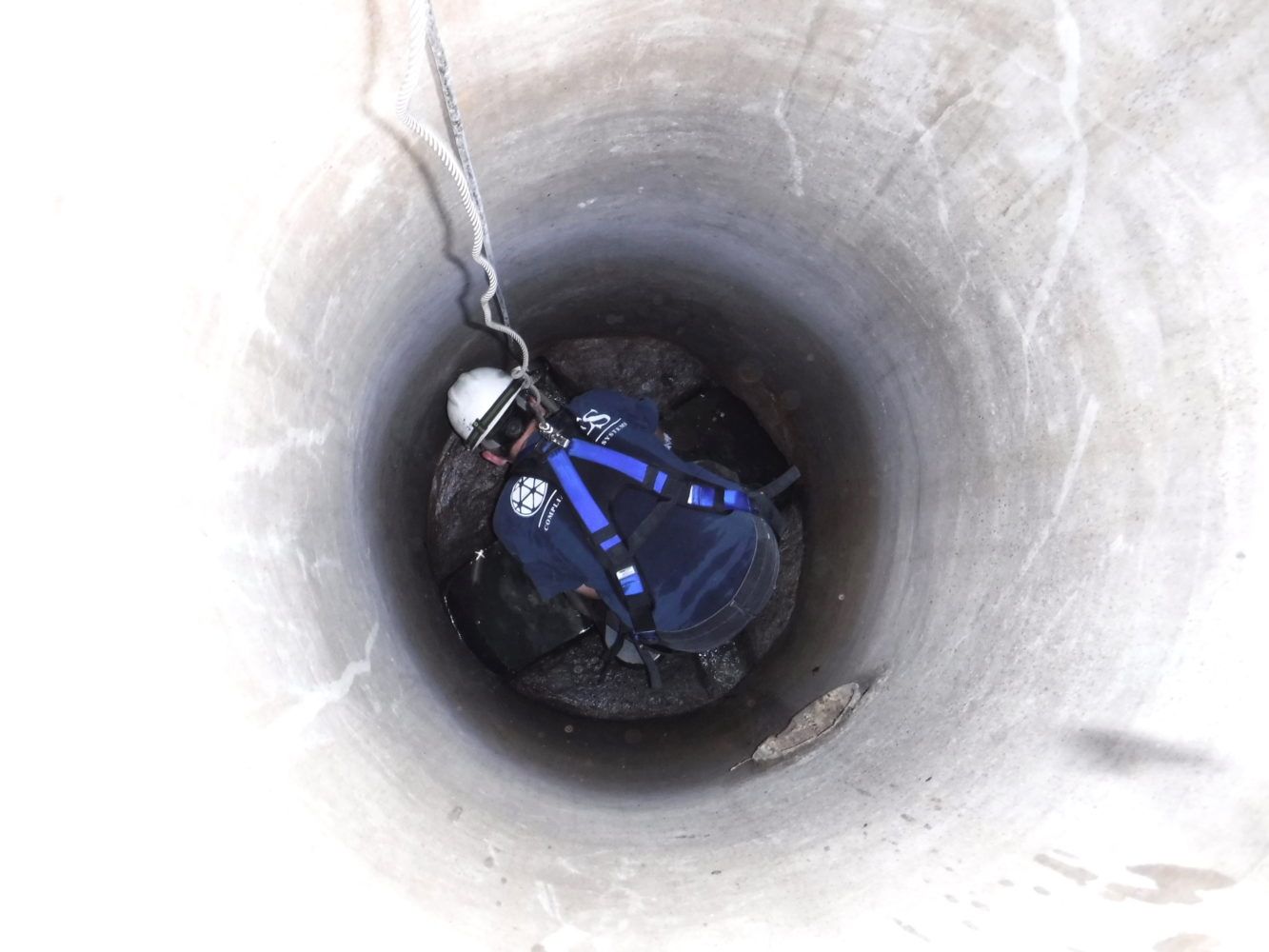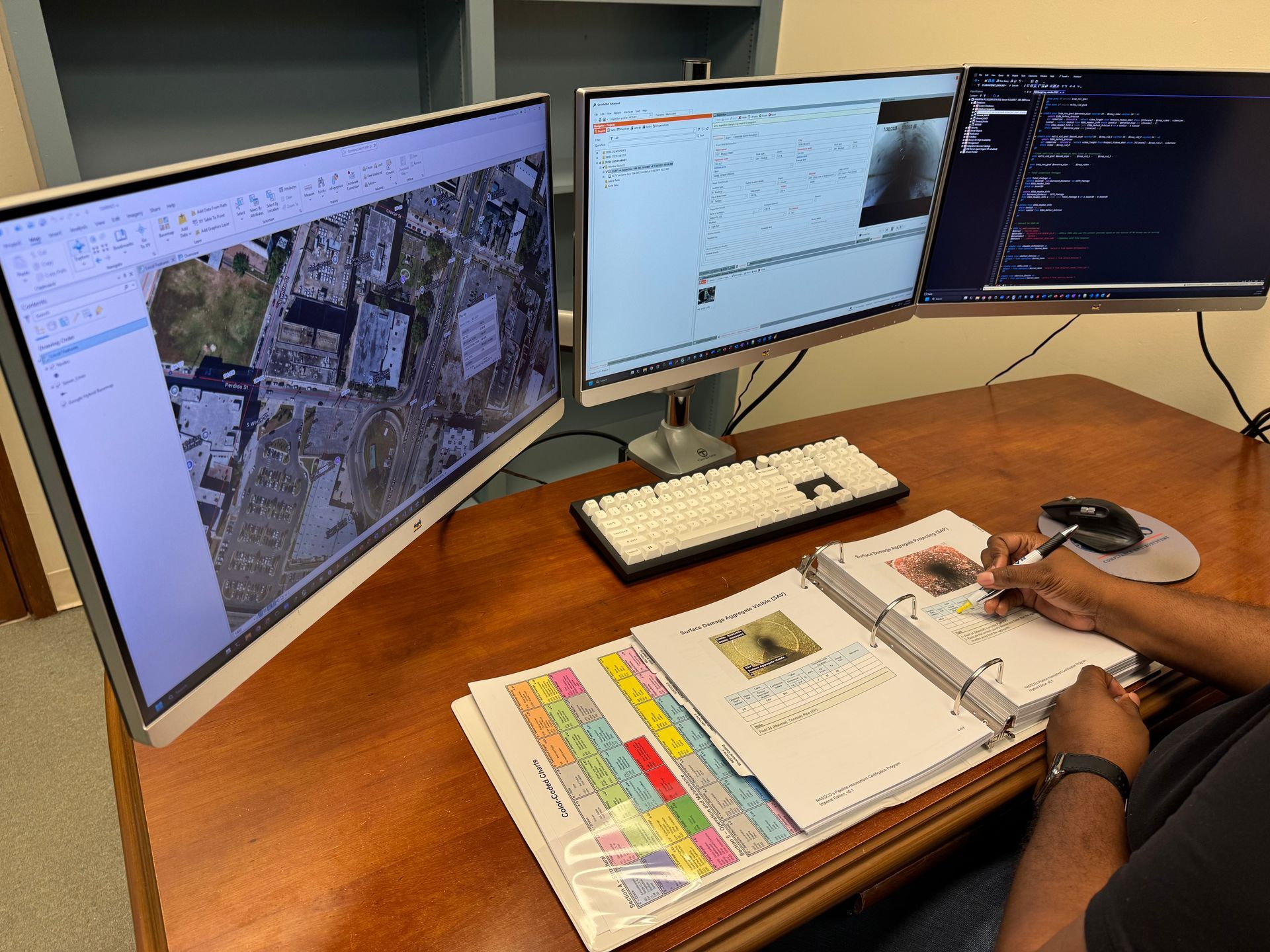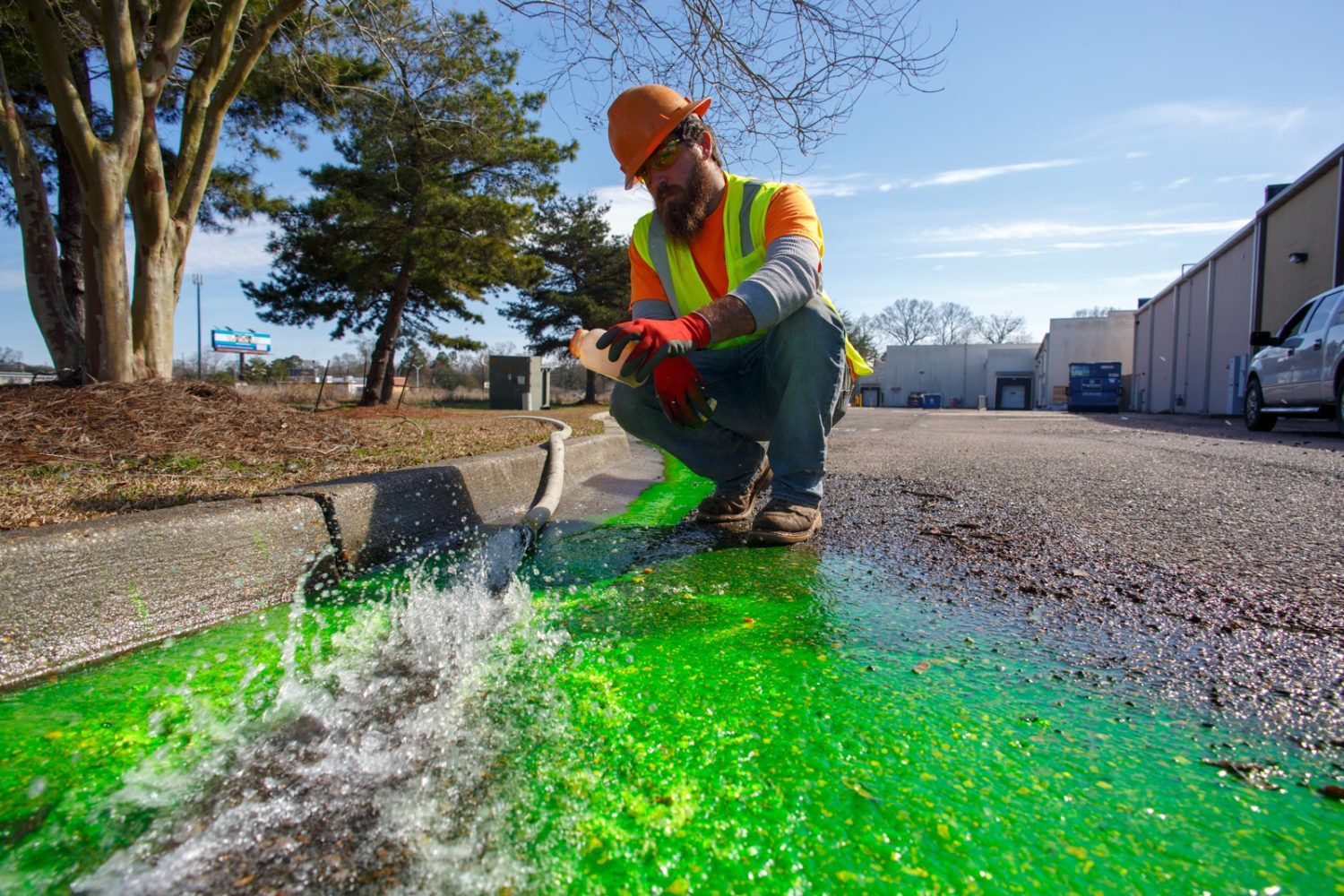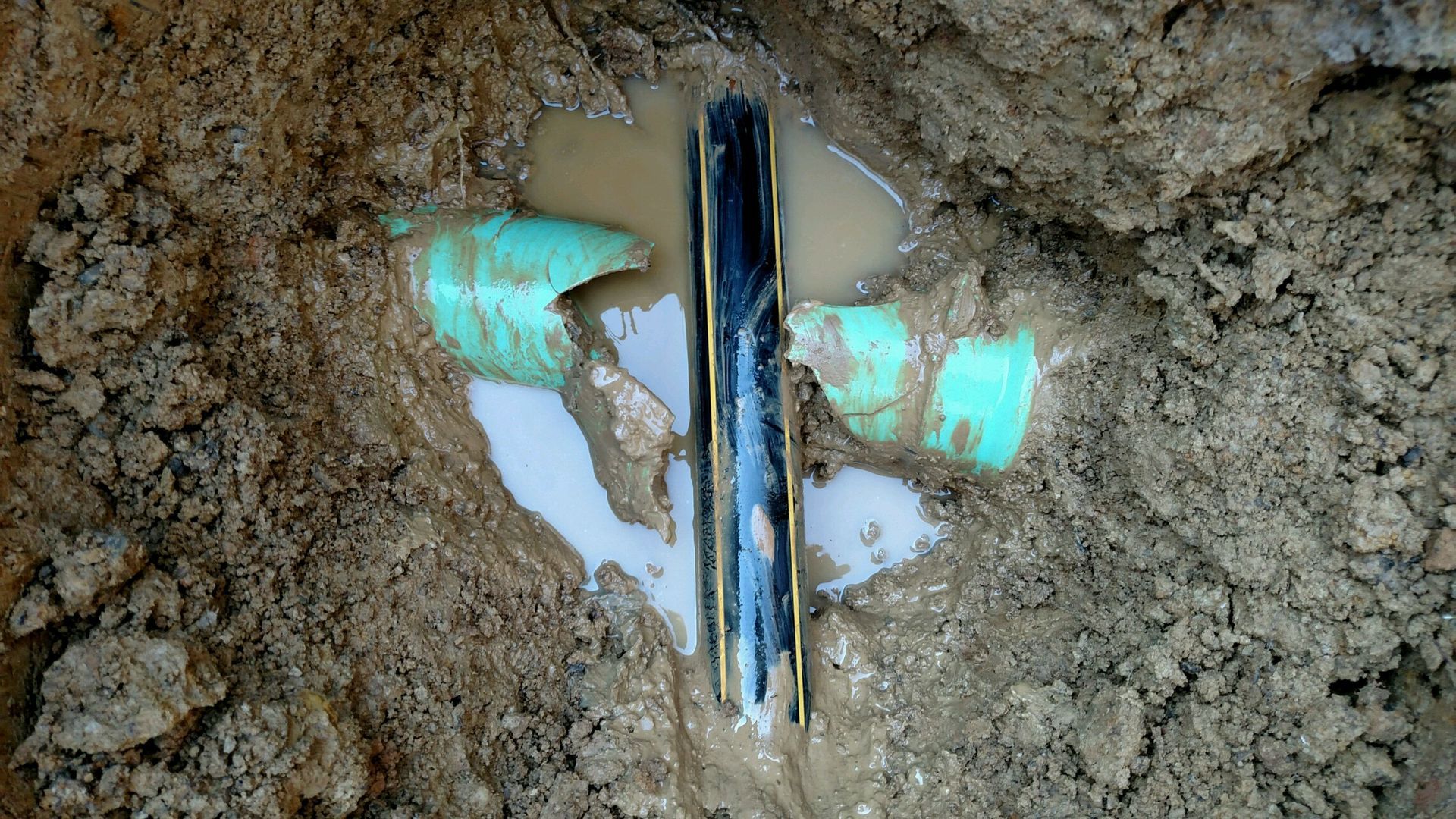CES uses a GIS-based approach to help municipalities identify, map, and assess their storm drain systems. This data-driven method allows us to provide more targeted and cost-effective maintenance and rehabilitation services. The process begins with preliminary inspections, including the GPS mapping of manholes, catch basins, inlets, culvert openings, and outfalls. Field crews document debris levels, root intrusion, structural defects, and other observations.
Based on this information, CES determines whether cleaning, CCTV inspection, or additional work is needed. Clients can view progress in real-time via a color-coded online map. As each phase is completed, we provide our clients with recommendations that prioritize maintenance and rehabilitation needs that meet any budgetary parameters they may have.
frequently asked questions
Why are storm drain and catch basin maintenance important?
Maintaining storm drains and catch basins regularly helps prevent blockages, flooding, property damage, and infrastructure failure. It also ensures that stormwater is effectively carried away from streets and buildings for public safety.
How does CES determine which assets need cleaning or repair?
Our crews collect detailed field data using GPS mapping and visual observations. Based on these findings, we identify where clients need immediate cleaning, further inspection (such as CCTV), or repairs.
Can I track the progress of my storm drain assessment project?
Yes. CES provides clients with access to a real-time, color-coded online map that shows the current status of inspections and recommended actions.
Does CES offer recommendations after inspections?
Yes. At the end of each phase, we deliver a detailed report with the next steps prioritized to stick to budget constraints for cost-effective planning.

